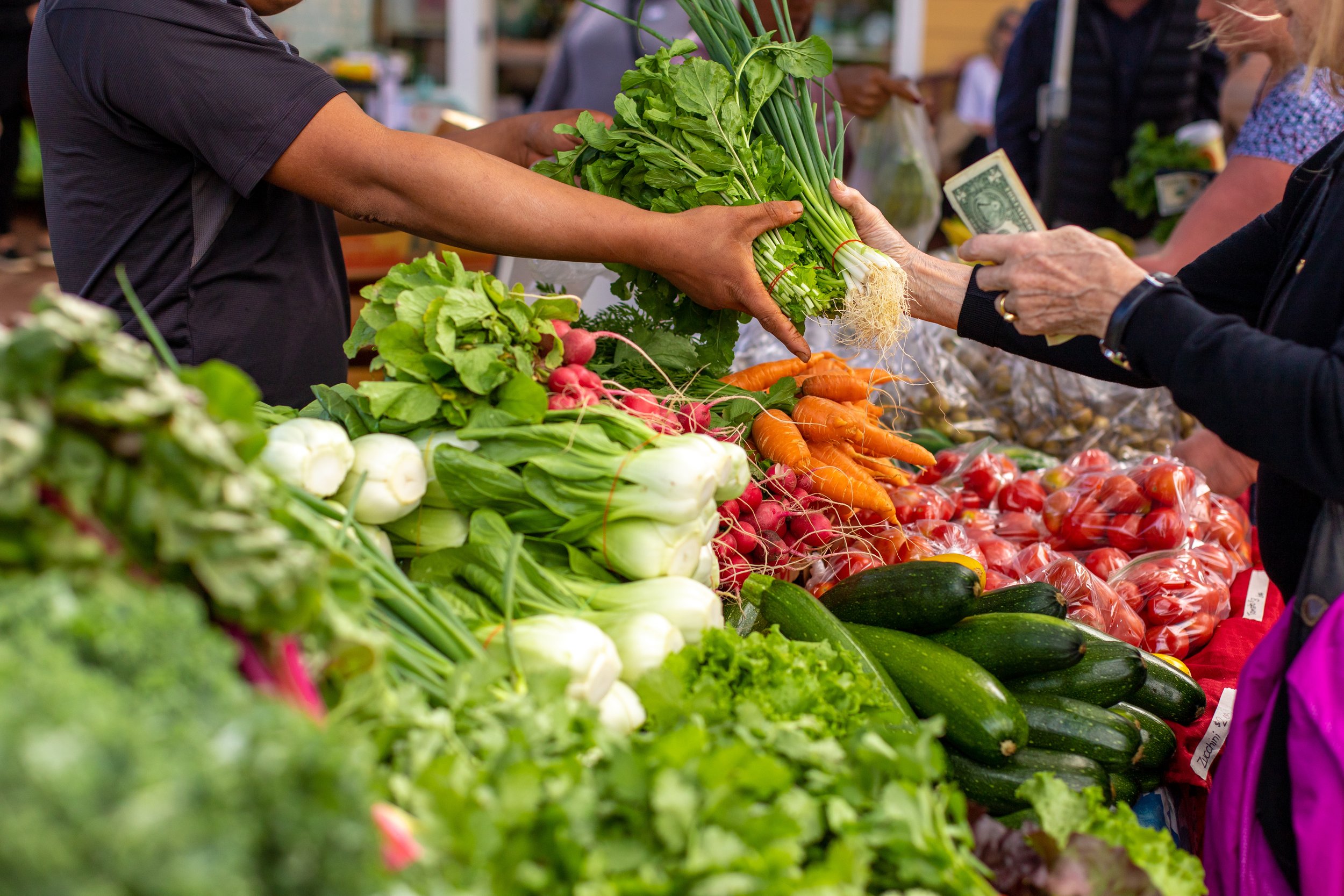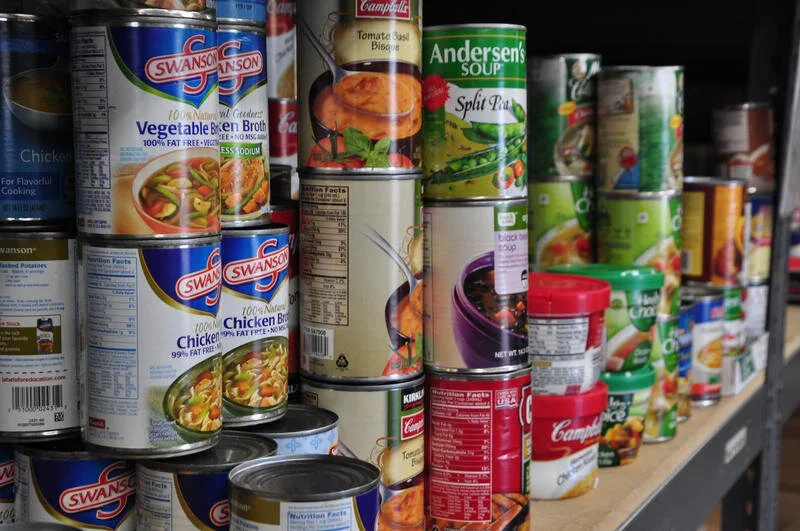
Hawaiʻi Hunger Action Network
Food for all is our kuleana.

Our kuleana
In old Hawaiʻi, the calabash was a large serving bowl from which many people ate. The calabash is a significant symbol for the work of the Hawaiʻi Hunger Action Network, as it represents abundance, and us all having more when we share.
We envision our network as an extended ʻohana or family that creates abundance by sharing resources and working together to ensure all people have enough food to live healthy, dignified, productive lives.
How We Take Action
-

COMMUNITY ENGAGEMENT
We create platforms to lift up community voices, especially those most adversely impacted, to inform policy priorities and strategy.
-

POLICY & ADVOCACY
Guided by a shared framework, we facilitate change in government systems and work to break down bureaucratic barriers.
-

RESEARCH & COMMUNICATIONS
We collect and share information (i.e. mapping, reports, metrics of success).
-

CONVENING
We connect institutions, food producers, and local food systems leaders to foster collective action toward an equitable and sustainable food system.

Solving Hunger
“Any redefinition of the [hunger] field must include a holistic framework for understanding the relationship of health, hunger, economic development, and agriculture, and how they intersect at the community level… It must build the political power and voice of the poor, while engaging them to a greater degree in this struggle.” — Andrew Fisher, author of Big Hunger
Solving hunger requires a re-framing of the hunger issue. The Hawaiʻi Hunger Action Network understands that the most effective solutions need to address three primary underlying issues.






Nearly 280 proposed charter amendments have been submitted to the Honolulu Charter Commission, including several with a focus on improving farming or ensuring that residents don’t go hungry.